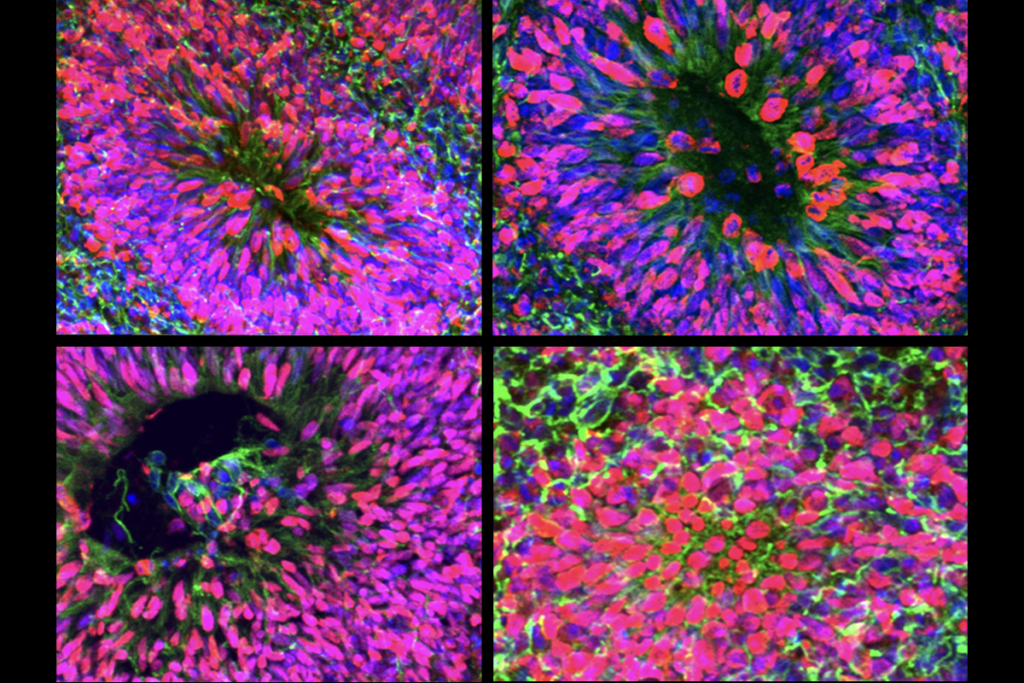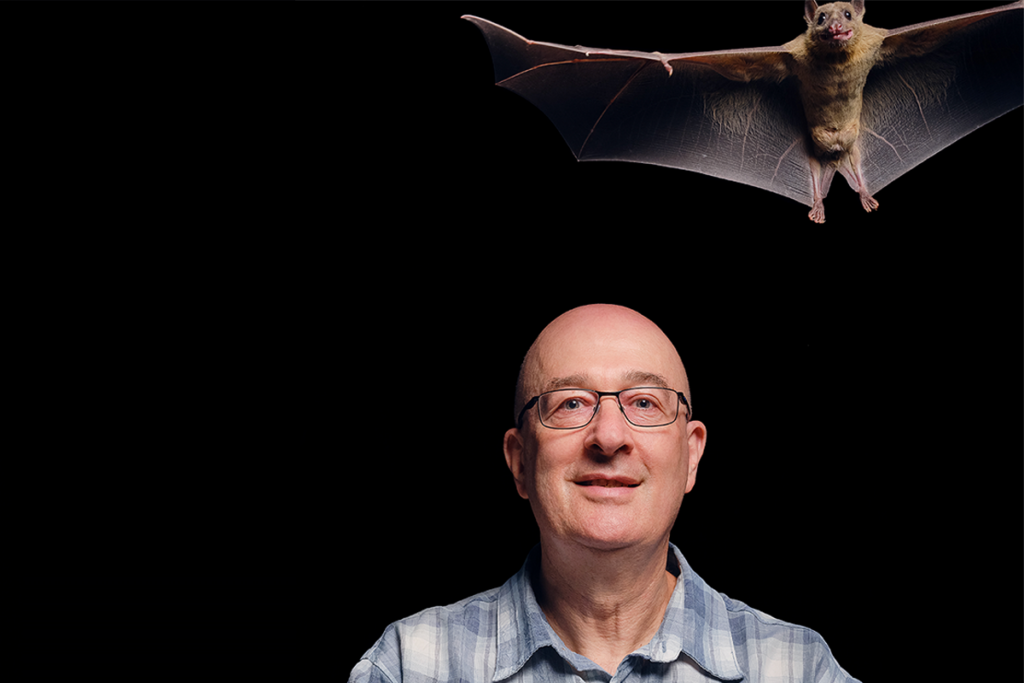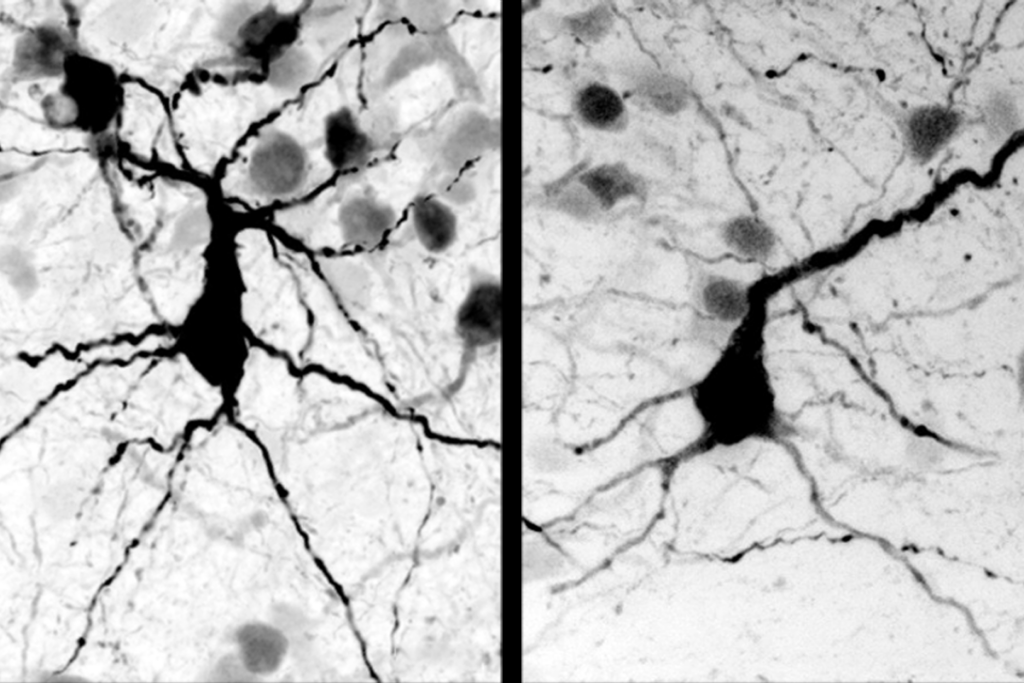Video: Drosophila model of fragile X syndrome bears fruit
The fruit fly is a good model for some of the cognitive defects in fragile X syndrome — but researchers sometimes find themselves having to defend their choice.
Contrary to popular belief, the fruit fly does have a brain and can learn and remember: In fact, says Tom Jongens, associate professor of genetics at the University of Pennsylvania, a homolog of the FMR1 gene makes Drosophila a good model for studying fragile X syndrome, the most common inherited form of autism.
Flies with FMR1 mutations have structural defects in the learning and memory regions of their brains, and show disruptions in circadian rhythms that mirror the sleep problems seen in people with fragile X syndrome and autism. During courtship rituals, male flies lose interest in females and begin obsessively grooming themselves — a phenomenon that relates to attention problems and repetitive behaviors seen in people with the disorders.
Jongens’ group treated these flies with MPEP, which blocks a receptor for glutamate, the major excitatory neurotransmitter in the brain. The drug corrects some of these behaviors, indicating that the lowly fruit fly may help develop treatments for fragile X and autism, and vindicating their study.
Still, “I have to spend a lot of time defending the fly in study sections,” says Jongens. He spent a few minutes with SFARI at the Society for Neuroscience annual meeting in San Diego, explaining why Drosophila is worth the effort.
For more reports from the 2010 Society for Neuroscience annual meeting, please click here.
Recommended reading

New organoid atlas unveils four neurodevelopmental signatures
Explore more from The Transmitter

The Transmitter’s most-read neuroscience book excerpts of 2025

Neuroscience’s leaders, legacies and rising stars of 2025


